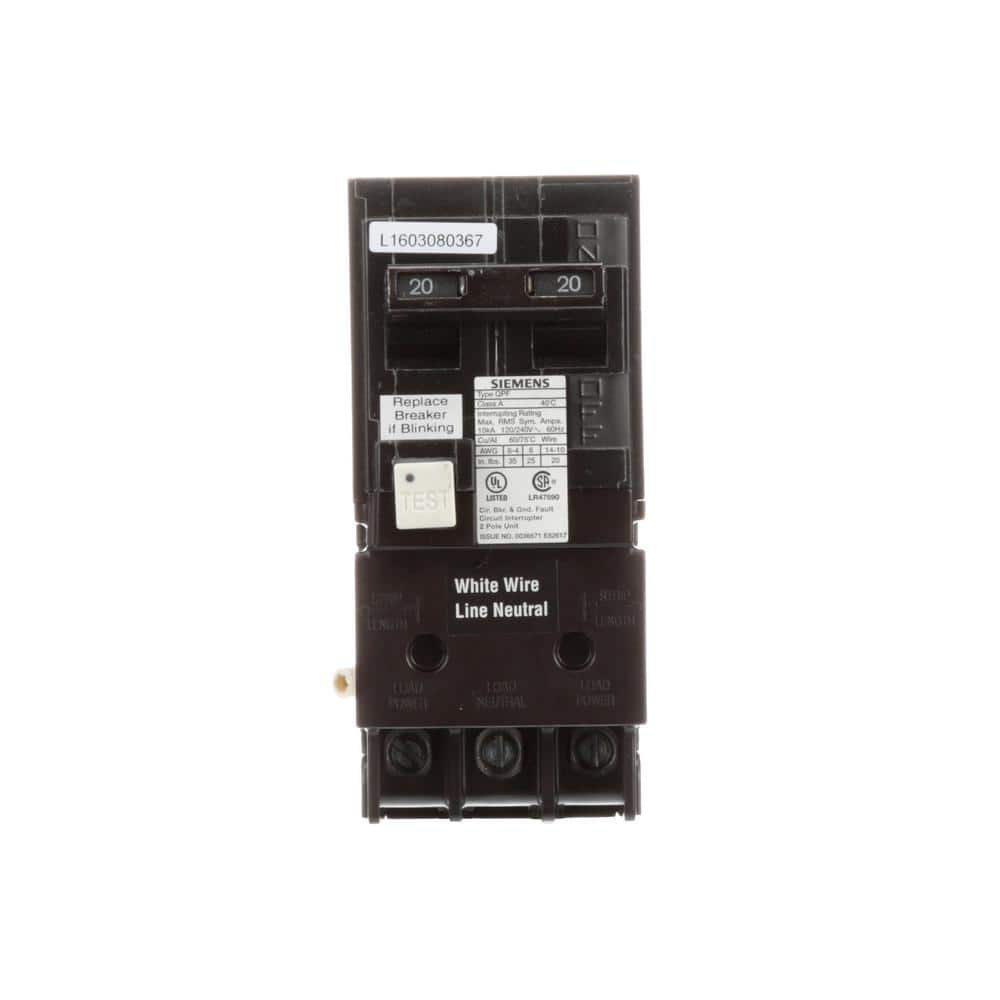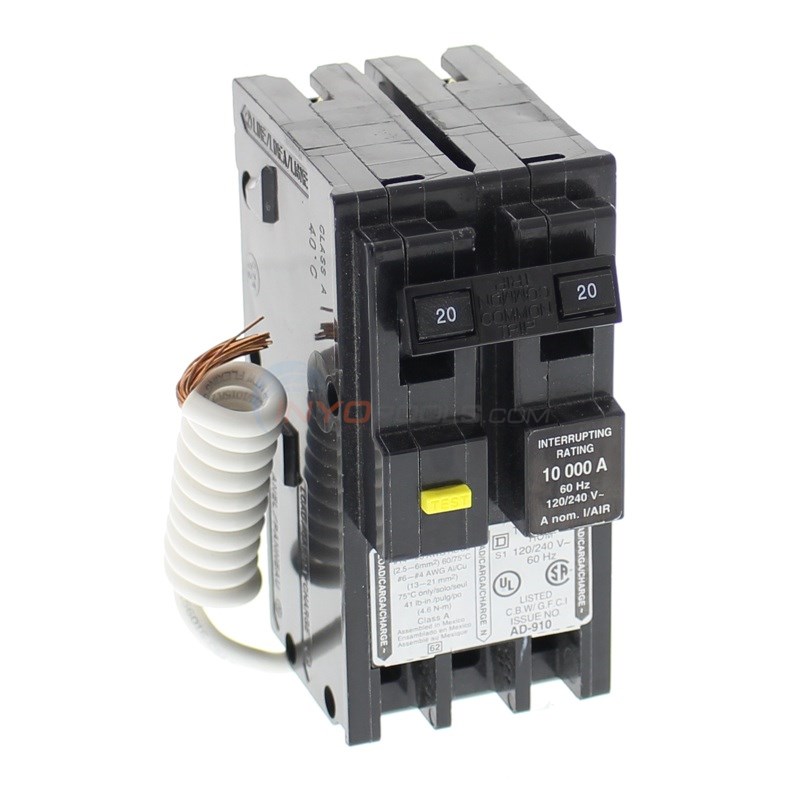- Jul 21, 2013
- 60,625
- Pool Size
- 35000
- Surface
- Plaster
- Chlorine
- Salt Water Generator
- SWG Type
- Pentair Intellichlor IC-60
I said "0 volts relative to the main panel ground". That means is equalpotential, e.g. no voltage difference with respect to earth.
The potential of the bonding grid is not relative to the earth. Sorry, this is where you are conceptually wrong. For someone within the bonding grid the potential will be 0 relative to all that is touched within the bonding grid while it can have a potential relative to the earth. That is what keeps you safe from stray currents when you are within the bonding grid.



